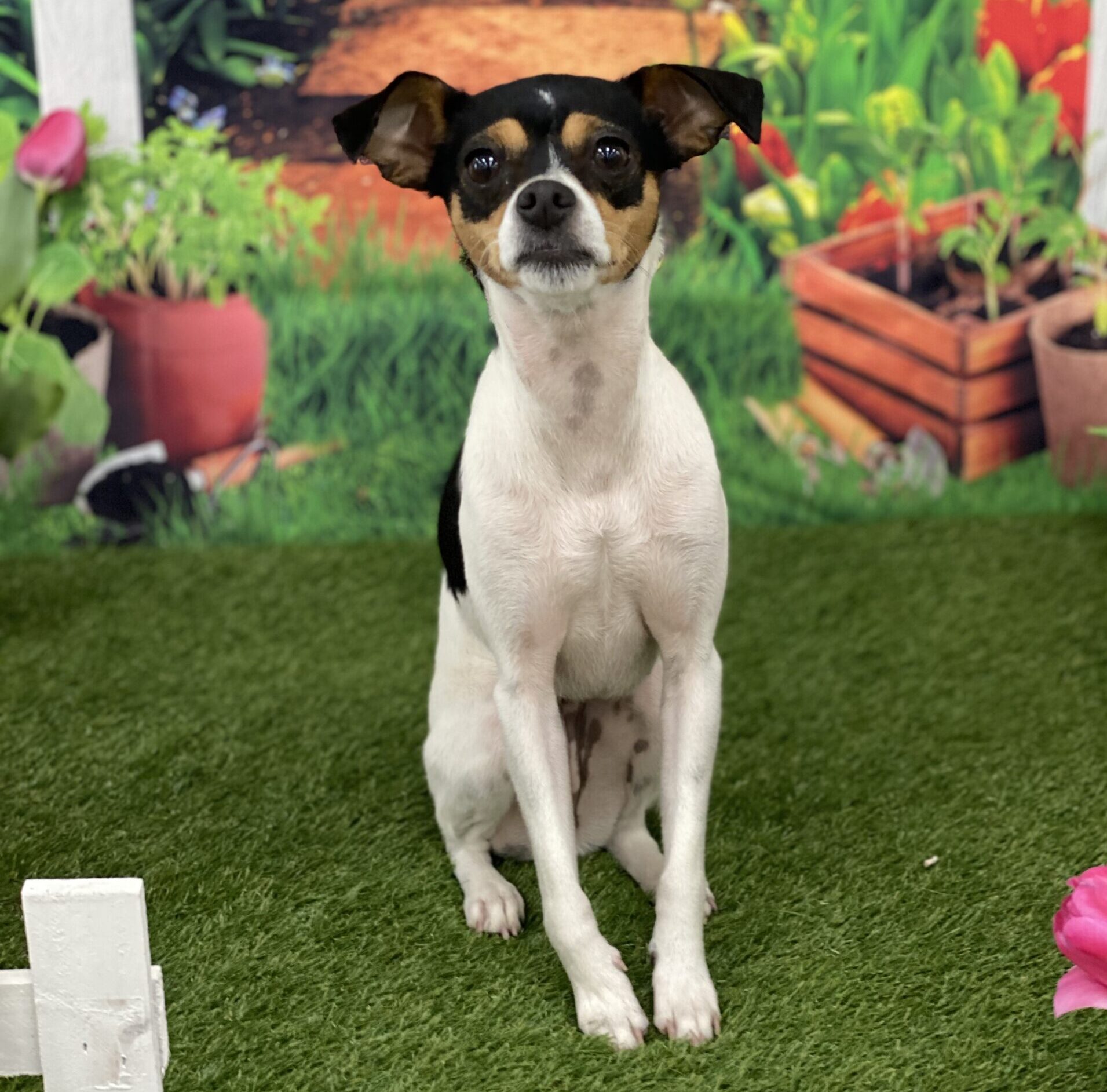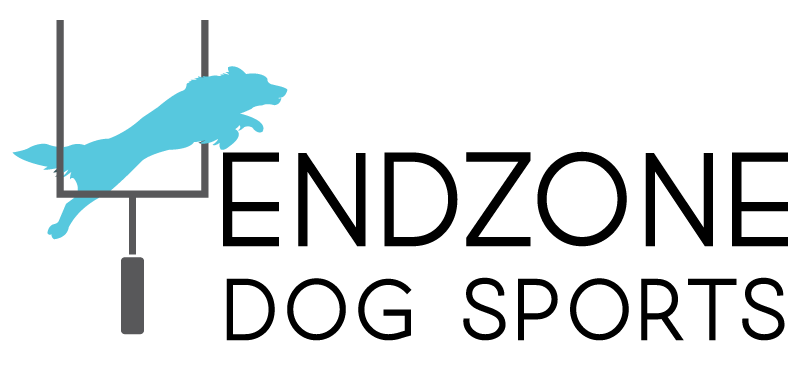
Differ
This topic came up in a question from Amy Cook’s small dog webinar at the end of August. Unfortunately, I could not attend the webinar, but I was asked about my opinions later, giving me an excellent opportunity to think about it more. The question was about the differences between large and small dogs while training to heel.
I have a long history of teaching my medium to large dogs heeling for competitive obedience – many Border Collies and a Labrador retriever. And I judged competitive obedience for over 20 years including some of the most prestigious national events.
Over the years, I’ve had students with small and extra-small dogs learn pretty heeling for competition obedience. Now, I have my own “little,” and I’ve experimented with and learned many things from her – because of the challenges the tiny dogs present. Reinforcement procedures, placement of reinforcement, and consistency are factors for success.
Small dogs must cover a lot more ground than larger dogs. Most large dog trainers consider the movement forward during heeling without consideration for the size of the dog. Two human steps of heeling for a big dog is not very far. But it is much further for a small dog. When you increase the number of human steps, you dramatically increase the distance for your small dog.
I highly recommend working on heeling handling mechanics without your dog with an instructor who can help you develop a consistent tempo for your small dog. A faster tempo will shorten your stride length, benefiting your small dog. Increased tempo does not mean that your movement increases over a specific distance. Instead, it keeps your feet hitting the ground at an increased beat per minute (bpm), which can only be successful when your stride length shortens. All dogs struggle to maintain heel position during heeling when their handler moves in an inconsistent rhythm. If you are interested in a class that works on this, check out my OB600 – Healing your Heeling Handling class, which runs once a year.
Check the Regulations
Back to small dog heeling – while you are working on your handling and rhythm for your small dog, you can teach your “little” where the correct heel position is. You will want to check with your favorite organization to ensure that you understand where that position is because it might vary.
In AKC, competitive obedience, and rally heel position, there is a range that your big or small dog must maintain. If you drop an imaginary perpendicular line from your hip to the ground (which stays the same as you move forward), any part of the area from your dog’s shoulders to the nose must keep that line in the same area of that range. And the dog should also be straight (not butt out or butt in).
Due to the size differences between large and small dogs, that range is much smaller on the little dogs. Minor movements forward or back might cause the small dog to be penalized for forging or lagging. However, minor movements forward and back can go unnoticed in the large dogs.
Specific Things to Consider
There are a few things to consider before you work on the heel position for your small dog.
- How to reinforce that position without building in additional position errors
- Where you should look when your little dog is in heel position
- Where should your left hand be when you want your dog’s focus upward in heel position?
Build Value for the Position
You should spend much more time in a stationary position with your small dog than you would need to with a large dog because it is challenging for small dogs to feel comfortable close to your feet. Don’t hurry to move forward until your small dog finds lots of value in heel position.
Reinforcement Procedure
Any movement forward to access food when rewarding the small dog will build additional position issues into the skill. You want to ensure that you reward so your dog remains positioned as the food moves towards them. Even if you click (or use an event marker), the “space” between the click and when your little dog eats the food is critical to consider. If there is movement during that space, you may need to do additional training away from heel position training to teach your dog to remain in position as the food moves towards it. Or you can change how the food moves there to help your dog remain in position – every dog will have different responses.
Another reinforcement procedure you might consider is to use an event marker or release toward a tossed or pre-placed toy or food container. The direction in which the reinforcer should be tossed will depend on whether your dog tends to forge or lag.
Where should you focus?
While I do not teach my large dogs or students with large dogs to focus on the handler’s eyes, many large and medium dog trainers do. Unless you are an excellent handler and move well in space, it can be challenging for most people to walk a straight line while focused downward and toward the left shoulder (to look at the dog’s eyes). Many people drift towards their dogs, which is something critical that must not occur when working with small or extra small dogs. with small or extra small dogs.
The other reason small dog handlers should not teach their little dogs to watch their eyes during heeling is that it can cause the dog to move too far forward in position. This forward position (otherwise known as forging) causes many problems:
- Issues during the navigation of left turns – it can be challenging to cue left turns, and you don’t want to step on your little one or adapt your movement to make the turn (you will be penalized for adapting your movement).
- The forged heeling position will be penalized.
- Some little dogs will drop back from the correct heel position (otherwise known as lagging). If the handler is watching the little dog’s eyes, their focus will continue to look toward the lagging little dog, which puts more pressure on it. That frontal pressure will cause more lagging, which will be penalized and also cause confidence issues in the dog.
What works best is looking slightly to the left and a little forward from where you want your little dog to be positioned. The distance will vary for individual dogs. Focusing on the line you want the dog to travel next will keep your shoulders facing forward, keeping your handling consistent, among many other things.
Where should your left hand be positioned?
In the AKC competition heeling regulations, the left hand must be in one of two positions.
- held flat against the center of the waist or
- swinging naturally at the handler’s left side.
Many small dog trainers use food held in the left hand dropped at their side to lure the dog to follow the food in that position. There can be potential issues with this strategy:
- The food is difficult to fade because it becomes a strong visual cue.
- The team will be penalized substantially during any heeling exercise if the handler has the left hand down and it does not swing as they move forward.
- If the hand swings during heeling, the previous visual cue for the small dog is no longer there because it’s constantly moving its position (forward and back).
- It’s handy to have a visual cue to communicate that the dog should look forward (for retrieves, go-outs, etc.) instead of focusing on the handler for heeling cues. I recommend teaching your dog to focus forward for the next cue by dropping the left hand from the waist to the left side.
- Holding your hand at your waist provides an additional visual cue (besides a verbal cue) for your dog to move into heel position.
In Conclusion
There are many other differences or issues in training the little dogs compared to the big dogs. I have touched on a few of them.
If you have heeling issues with your small (or large dog), check out my class next session – “Unstick Your Stuck Heeling – What’s Keeping You From Trialing”. Registration opens on September 22nd and the six-week class starts on October 1st.
If you have any questions, feel free to contact me and I’ll be happy to answer them.


0 Comments